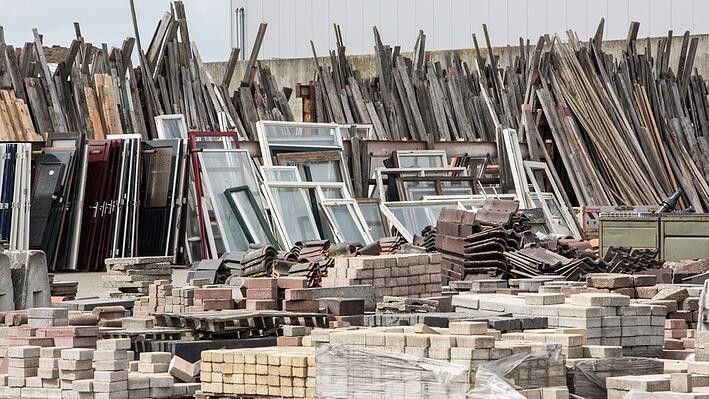So what does get you heated up hotter than greenhouse gases in the sustainability debate?
Eugenia Anastassiou
11/1/20212 min read
For me personally and others debating hot hashtag#CopOut26 debates it is regenerating and renewing….or rather the lack of repairing, remodeling, getting spare parts and/or making things last.
Remember the time, way back when – and yes you can hit me with that Boomer stick, everything is my fault! That sturdy old washing machine seemed to last forever. Now you buy all these fancy digital ones with all the tech bells and applied-science whistles and they give up the ghost in a few years – they sure don’t build them like they used to!
However that is the trade- off for having cheap as chips electrical goods – if they’re broke, it’s too expensive to fix them, so just throw them out. The whole kit, caboodle and process is so environmentally unsound, as we the consumer are compelled to buy newer items every time a virtually new item conks out. Compounding the problem the shiny new replacement is probably imported from the other side of the globe.
The whole concept of something being cheaper to throw away than to fix, repair and renew is anathematic and one reason underpinning this is that manufacturers’ repair departments don’t make profits.
However there is some hope and this particular sustainability story has a happy beginning. As in some countries legislation is being introduced aiming to tackle “premature obsolescence” in electrical goods. Hoping to extend the lifespan of such products, such as fridges, washing machines and TVs by up to 10 years in an effort to combat electrical waste, even requiring manufacturers to make spare parts available to consumers.
Small steps in the right direction, but one thing which shocked me profoundly while I was researching and co-writing “Where Is My Office?” with Chris Kane were statistics like a typical 50,000 sq ft building generating the same CO₂ in a year, as 320 return trips from London to New York. However, even more disturbing was the amount of waste that occurs in commercial office fit-outs. This means tons of material being ripped out of a building which might only be 5–10 years old and transported in skips to landfill sites – surplus or unused building materials make up 40% of landfill waste in the USA.
Surely with so much at stake in the environment and in reducing greenhouse gases, I would really be interested to find out what the CRE industry, architects and all those involved in the built environment are doing to tackle the issue of wasteful fit-outs.


Connect
Get in touch for collaborations and inquiries.
eugenia@anastassiou.org
© 2025. All rights reserved.